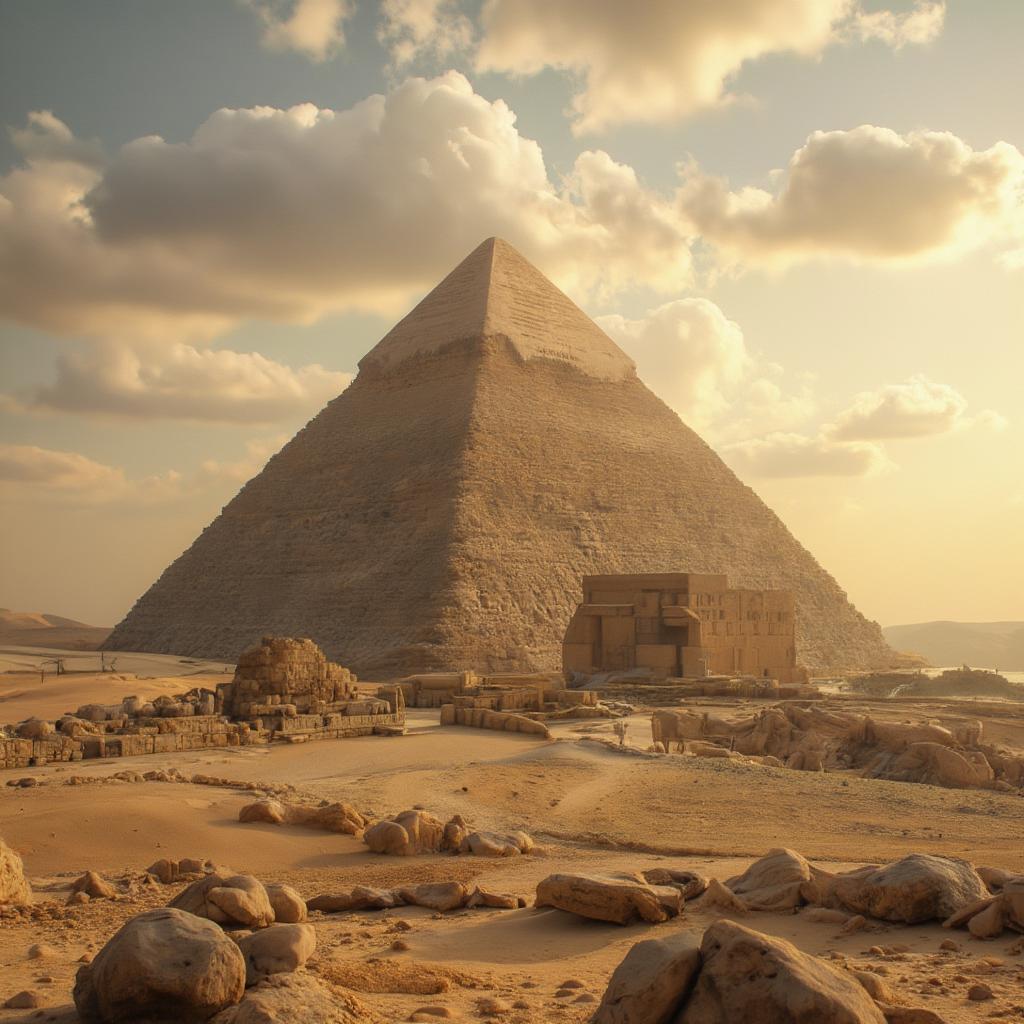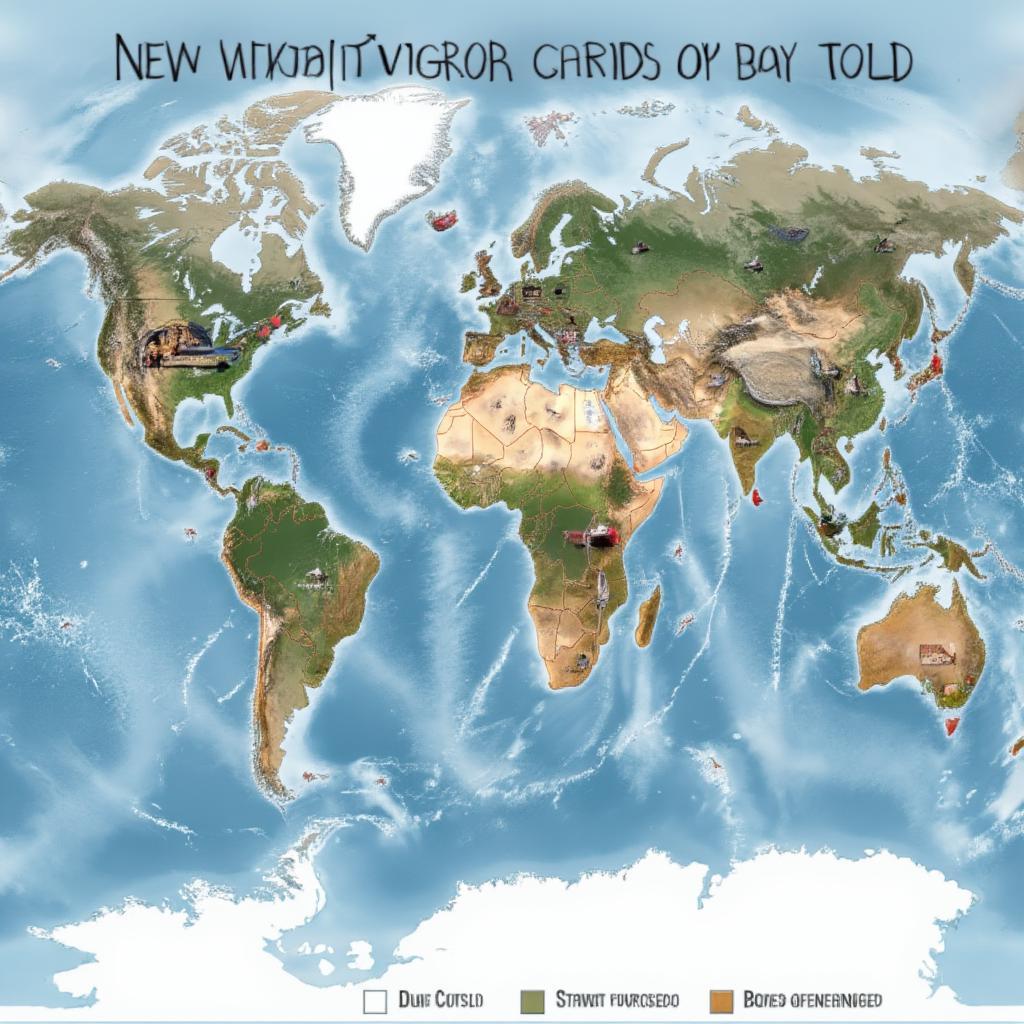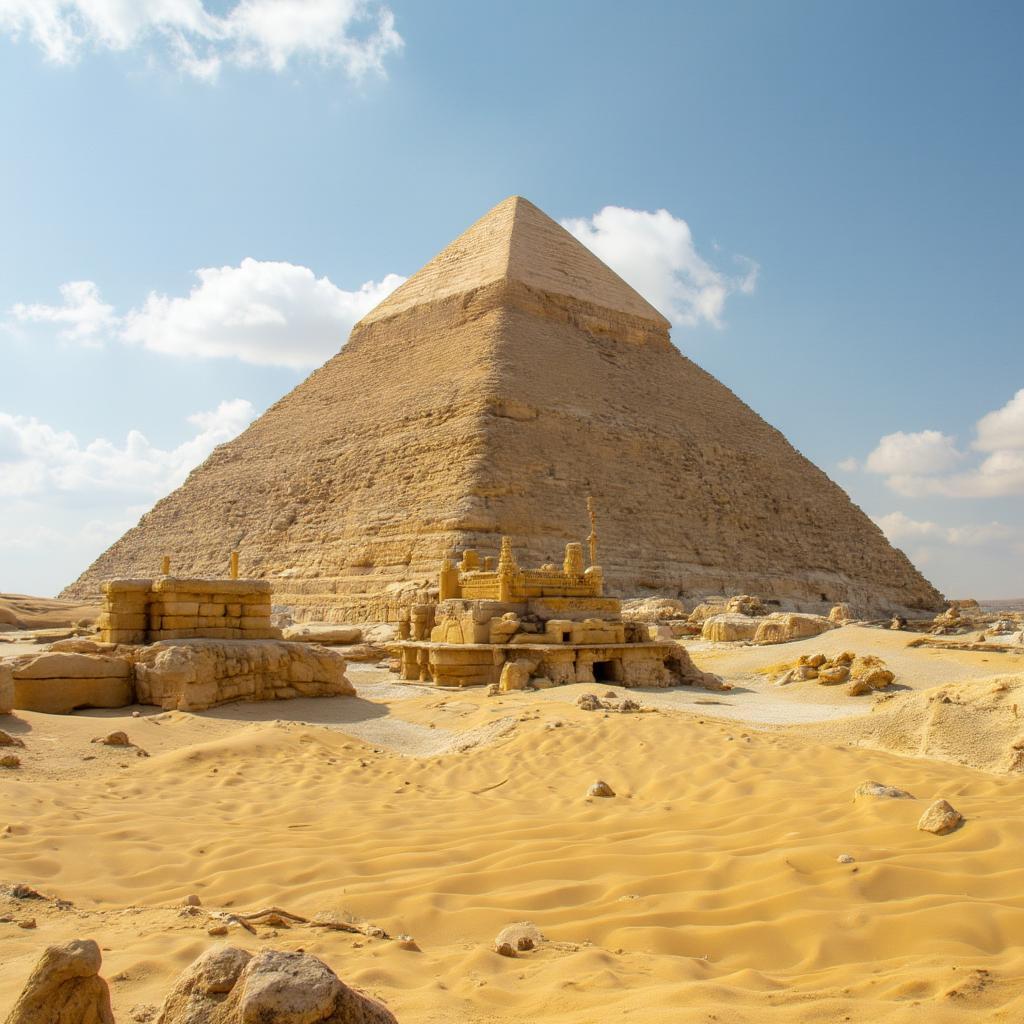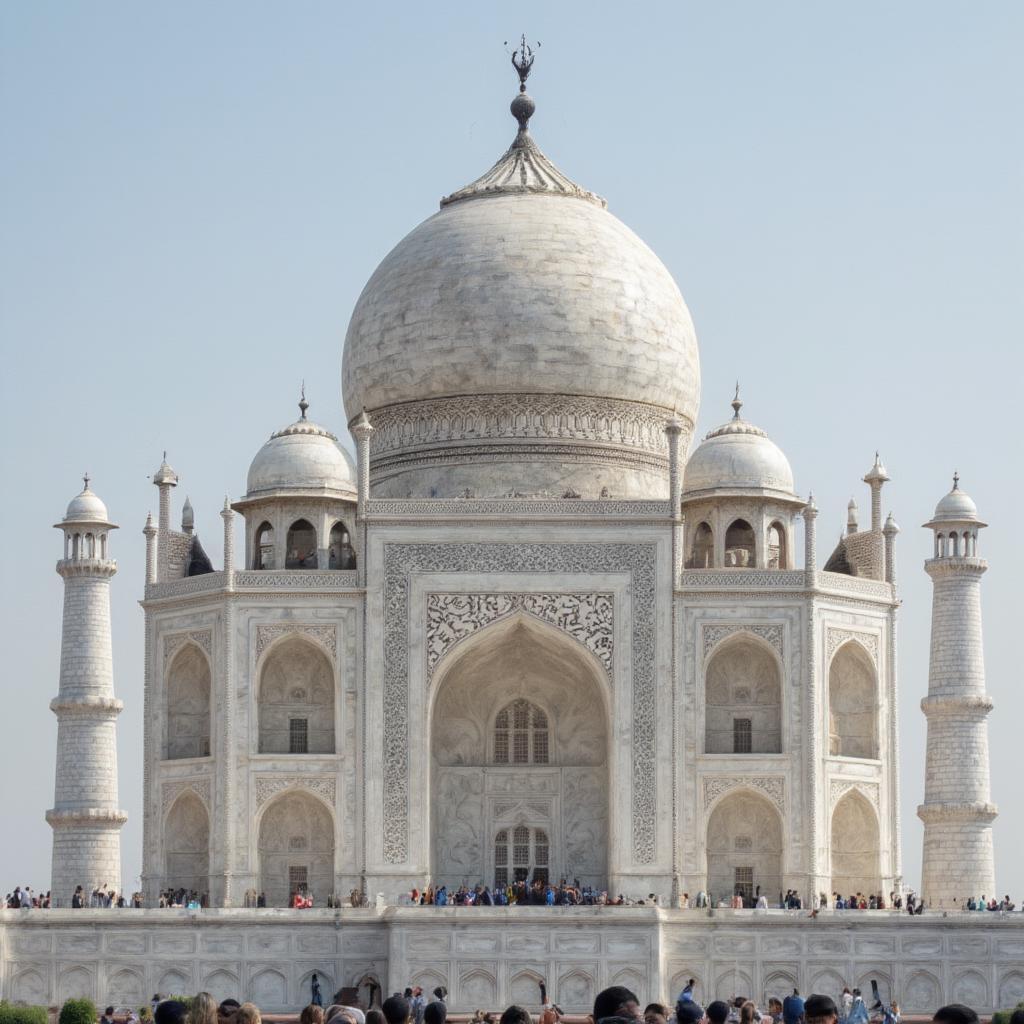Unveiling the Allure of the Seven Wonders of the World

The phrase “Wonders Seven Wonders” evokes images of magnificent structures and breathtaking landscapes. These iconic sites, a testament to human ingenuity and natural beauty, have captivated imaginations for centuries. But what exactly constitutes a ‘wonder’? And why are these particular sites so revered? This article will delve into the history, significance, and enduring fascination of the wonders of the world, exploring both the ancient and modern lists, and what makes them so incredibly special.
The concept of “seven wonders” has roots stretching back to ancient times. The original list, often referred to as the seven wonders of old world, was compiled by Hellenic observers, essentially acting as a tourist guide to the most amazing sights of their time. While many of these original wonders no longer exist, their legacy continues to inspire awe. Today, we still refer to both the ancient and newer lists when talking about remarkable achievements, both natural and man-made. These lists highlight the diverse architectural and natural wonders that different cultures value.
What Defines a “Wonder”?
When you hear someone say, “That’s a wonder,” what do they really mean? Well, it’s not just about beauty or size. A “wonder” typically exhibits a combination of exceptional qualities. It might be its monumental scale, like the Great Pyramid of Giza, or its ingenious design, such as the Hanging Gardens of Babylon. Other key features include:
- Architectural or Engineering Prowess: Structures that showcase innovative techniques and impressive craftsmanship.
- Historical Significance: Sites that play a crucial role in the development of civilizations and cultures.
- Artistic Merit: Places that display outstanding artistic expression and creativity.
- Cultural Importance: Locations that are revered and hold special meaning for specific communities or societies.
- Natural Beauty: Landscapes that showcase extraordinary formations and environmental harmony.
These qualities combine to create something truly special. It’s this mix of attributes that makes these places not only historically significant but also emotionally resonant for so many people.
The Original Seven Wonders of the Ancient World
The classic list of the original seven wonders of the world consists of structures from the ancient world around the Mediterranean and the Near East. These iconic sites have become almost mythical in nature due to their impressive grandeur and historical context.
The Great Pyramid of Giza (Egypt)
The sole remaining wonder from the ancient list, this colossal pyramid is a remarkable achievement of engineering. “The Great Pyramid is a testament to the ingenuity and organizational skills of the ancient Egyptians. Its precision and scale are still awe-inspiring today,” notes Dr. Amelia Stone, a renowned Egyptologist from Oxford University. It served as a tomb for the pharaoh Khufu and remains one of the most recognizable structures in the world.

The Hanging Gardens of Babylon (Mesopotamia)
Legend has it that these terraced gardens were built by King Nebuchadnezzar II for his homesick wife. Sadly, this beautiful sight has long been lost to the annals of time. The concept of a “hanging garden” itself implies an astonishing level of irrigation and engineering skills.
The Statue of Zeus at Olympia (Greece)
A massive gold and ivory statue of the king of the gods, sculpted by Phidias, once stood in the Temple of Zeus in Olympia. “The Statue of Zeus was more than just a statue; it was a symbol of divine power and artistic excellence in ancient Greece,” explains Professor George Andreadis, an expert in classical Greek art history. Its grandeur was renowned throughout the ancient world.
The Temple of Artemis at Ephesus (Turkey)
Dedicated to the Greek goddess of the hunt, the Temple of Artemis was renowned for its ornate marble structures. It’s said to have taken over a hundred years to complete and was once considered among the largest temples in the Greek world.
The Mausoleum at Halicarnassus (Turkey)
Built as a tomb for Mausolus, a satrap in the Persian Empire, this was an incredibly elaborate structure with towering pillars and ornate sculptures. It became so famous that the word ‘mausoleum’ has since become associated with any type of grand tomb.
The Colossus of Rhodes (Greece)
A massive bronze statue of the sun god Helios, it stood guard over the harbor of Rhodes. Its sheer size made it a wonder of the ancient world, though it had been destroyed by an earthquake only a few decades after completion.
The Lighthouse of Alexandria (Egypt)
A towering lighthouse, one of the tallest structures in the ancient world, it guided ships into the busy harbor of Alexandria. It was a marvel of architecture, engineering, and design, as it contained mirrors to reflect light far out to sea.
The New Seven Wonders of the World
Due to the disappearance of most of the ancient wonders, a global poll was conducted in 2007 to identify the “New 7 Wonders of the World,” representing the modern era’s greatest human achievements. It has become a list that encompasses the cultural and historical importance of various sites around the world.
The Great Wall of China (China)
A series of fortifications that stretch for thousands of miles across China, the Great Wall was built over centuries to protect the country from invaders. “The Great Wall is not just an architectural marvel; it is a testament to the strategic thinking and determination of the Chinese people over centuries,” says Dr. Li Wei, a specialist in Chinese military history. Its sheer scale and length are unparalleled.

Chichén Itzá (Mexico)
An ancient Mayan city, Chichén Itzá is home to impressive step pyramids and astronomical observatories. Its architecture, astronomical alignment, and complex history offer a window into the advanced civilization of the Mayan people.
Christ the Redeemer (Brazil)
An Art Deco statue of Jesus Christ perched atop Corcovado Mountain in Rio de Janeiro, Christ the Redeemer has become a potent symbol of both faith and Brazilian identity. It’s an iconic figure that looms over the city, providing a sense of peace and reverence.
Colosseum (Italy)
An amphitheater built in ancient Rome, the Colosseum was a place for gladiatorial contests and public spectacles. Its architecture and history provide a direct link to the glory days of the Roman Empire.
Machu Picchu (Peru)
A lost Inca city high in the Andes Mountains, Machu Picchu is an architectural and engineering masterpiece. Its location, nestled among mountain peaks, adds to its mystique and breathtaking beauty. The history and purpose of the site are still mysteries to historians.
Petra (Jordan)
An ancient city carved into sandstone cliffs, Petra is a stunning example of the Nabataean civilization’s ingenuity. Its rock-cut architecture and strategic location made it an important trading hub in the ancient world.
Taj Mahal (India)
A marble mausoleum built by Mughal emperor Shah Jahan in memory of his wife, Mumtaz Mahal. It’s an architectural masterpiece known for its symmetry and intricate detailing. It is a symbol of love that is universally recognized.
Why Do the Seven Wonders Continue to Captivate?
The enduring fascination with the wonders of the world stems from many factors. Firstly, they represent peak achievements of human capabilities, pushing the boundaries of what is thought to be possible in the context of their respective times. Secondly, the tales surrounding these sites provide insights into different societies, their values, beliefs, and innovations. They are not just stones and structures, but tangible connections to the human story.

The seven wonders the world also act as an inspiration for us to keep pushing our own limits. They tell the story of how our ancestors, with limited technology, managed to construct these incredible monuments. We can all find lessons and value in those stories. This fascination also drives tourism, which helps preserve these sites. Visiting and seeing them in person allows us to experience their grandeur, creating a more profound appreciation for human ingenuity and natural beauty.
Exploring the Seven Wonders: A Journey Through Time and Cultures
In conclusion, the “wonders seven wonders” concept goes far beyond just a list of impressive places. It represents a blend of human achievement, cultural significance, and natural beauty. They connect us with past civilizations while inspiring us to preserve and protect our present for future generations. Whether it’s the ancient marvels of Giza or the modern marvels of Machu Picchu, each wonder offers a unique experience and leaves us with a greater understanding of our shared human heritage. Understanding each of these wonders provides not only a historical education but also an understanding of the values and beliefs of various civilizations. The journey through time and culture is a continual adventure, and it’s one worth taking. The impact of these wonders on society is undeniable, both as historical landmarks and as symbols of cultural identity.




